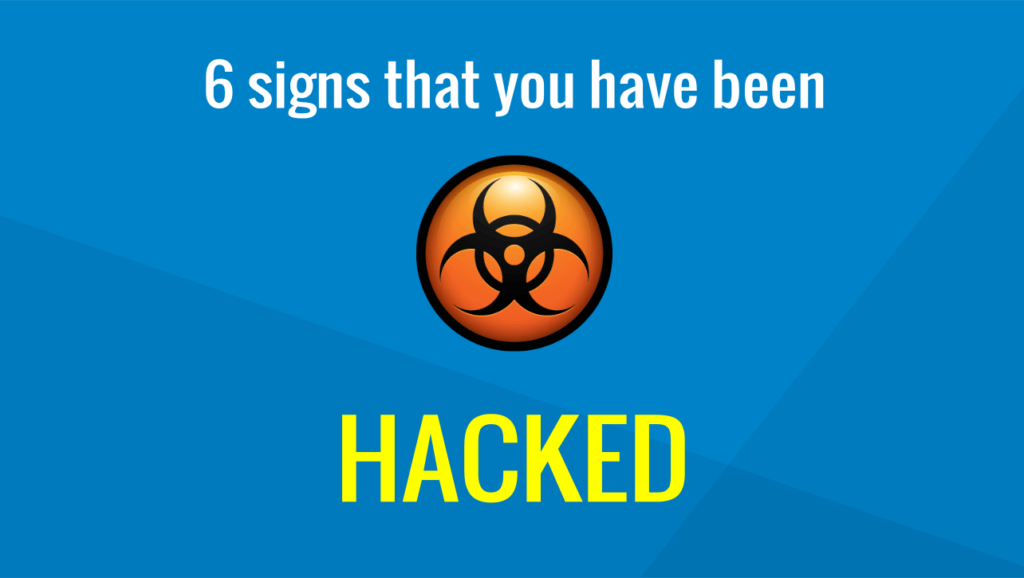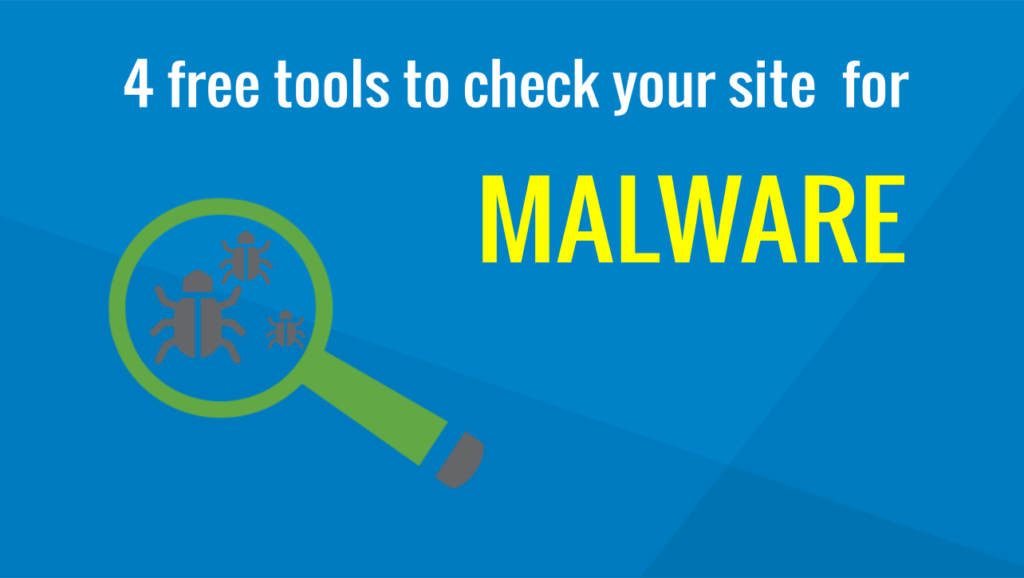Table of Contents
Introduction
In the world of web design and administration, security plays a crucial role in safeguarding our websites and online assets. One of the most important principles to follow when it comes to user administration is the concept of least privilege. In this article, we will explain what least privilege is, why it is essential, and how it relates to popular Content Management Systems (CMS) like WordPress, Joomla, and Drupal.
What is Least Privilege?
Least privilege is a security principle that restricts user access rights to only those necessary to perform their job functions. In other words, users are granted the minimum level of access required to carry out their tasks effectively. Therefore, by implementing the least privilege principle, we can minimize the potential damage that can be caused by unauthorized actions or malicious activities.
Why is Least Privilege Important?
Implementing the least privilege principle is crucial for maintaining the security and integrity of a website. Most importantly, by granting users only the necessary permissions, we reduce the risk of accidental or intentional misuse of privileges. Therefore, this helps protect sensitive data, prevent unauthorized modifications, and mitigate the impact of potential security breaches.
Examples of Least Privilege in User Administration
To better understand the concept of least privilege, let’s consider a few examples:
1. Administrator vs. Editor
In a CMS like WordPress, the administrator has full control over the website, including the ability to install plugins, modify themes, and access sensitive settings. On the other hand, an editor role is typically limited to creating and editing content. By assigning the editor role to a user instead of the administrator role, we follow the least privilege principle by only granting the necessary permissions for content management.
2. Backend vs. Frontend Access
In Joomla, administrators can access both the backend (administration area) and the frontend (public-facing website). However, not all users require access to the backend. For example, a content writer or a customer support representative may only need to access the frontend to create or update content. By restricting their access to the backend, we reduce the risk of unauthorized modifications or accidental changes to the website’s configuration.
3. Module Management
In Drupal, modules provide additional functionality to the CMS. Some modules require administrative privileges to install or configure, while others can be managed by non-administrative users. Grant module management permissions only to trusted administrators, this way we ensure that the installation and configuration of modules are performed by knowledgeable individuals, reducing the risk of introducing vulnerabilities.
Implementing Least Privilege in CMS
To implement the concept of least privilege in popular CMS like WordPress, Joomla, and Drupal, it is essential to carefully define user roles and permissions. By default, these CMS provide a range of predefined user roles with varying levels of access. However, it is crucial to review and customize these roles based on the specific requirements of your website.
Here are some best practices for implementing least privilege in CMS:
- Regularly review and update user roles and permissions to ensure they align with the current needs of your website.
- Avoid assigning administrative privileges to users who do not require them.
- Create custom user roles with specific permissions tailored to different job functions.
- Regularly monitor user activities and audit access logs to detect any unauthorized actions.
Conclusion
The concept of least privilege is a fundamental principle in user administration that helps enhance the security and integrity of websites. By granting users only the necessary permissions, we minimize the risk of unauthorized actions and potential security breaches. When working with popular CMS like WordPress, Joomla, and Drupal, it is crucial to implement least privilege by carefully defining user roles and permissions. By doing so, we can ensure that our websites remain secure and protected from potential threats.





